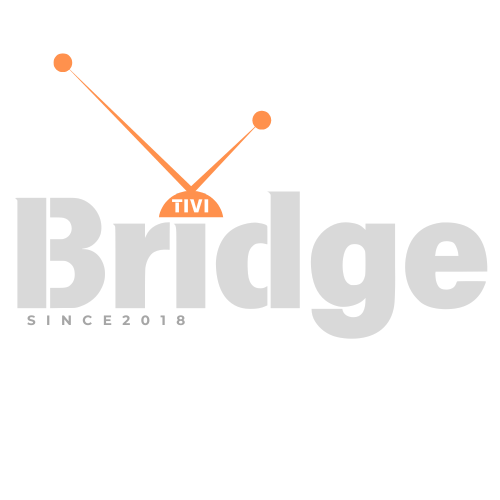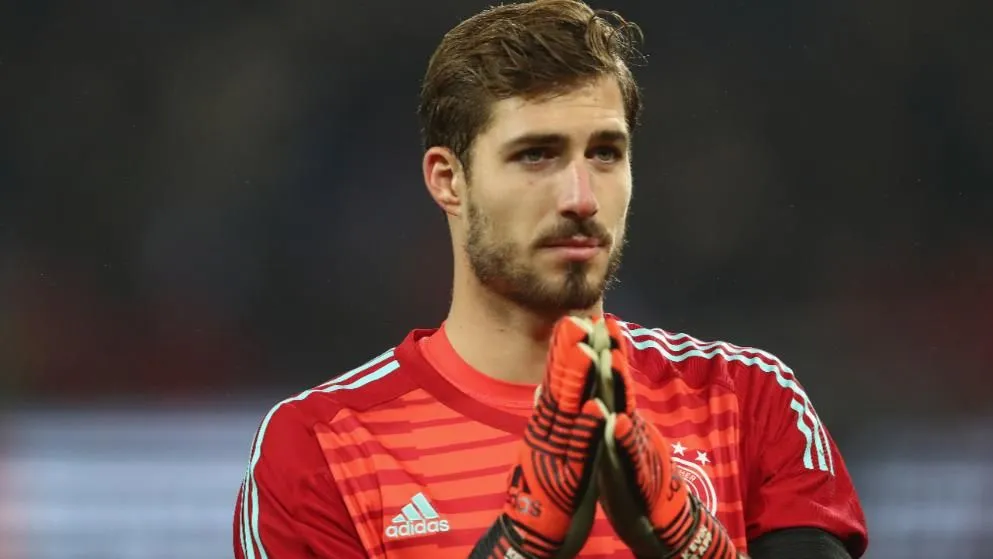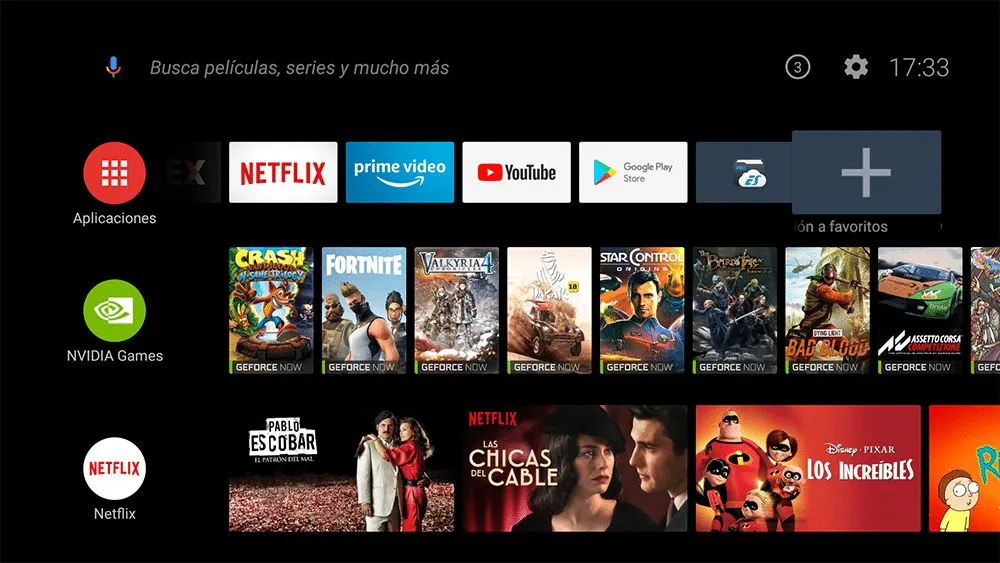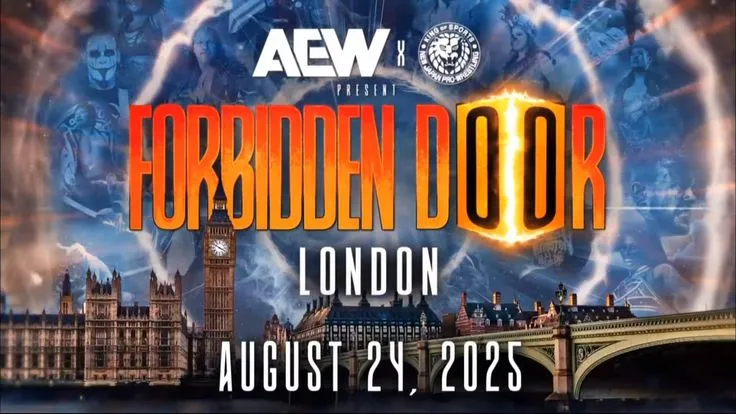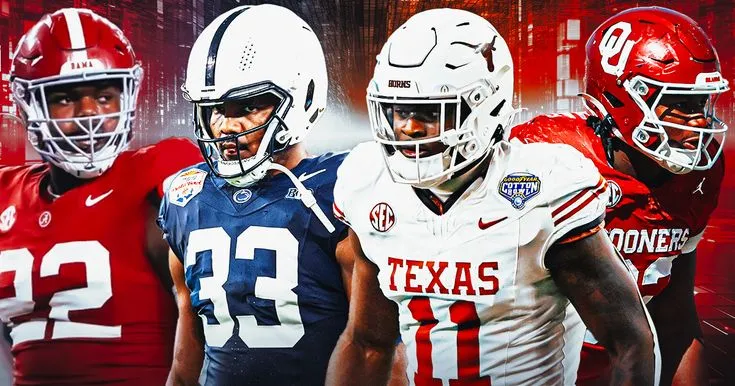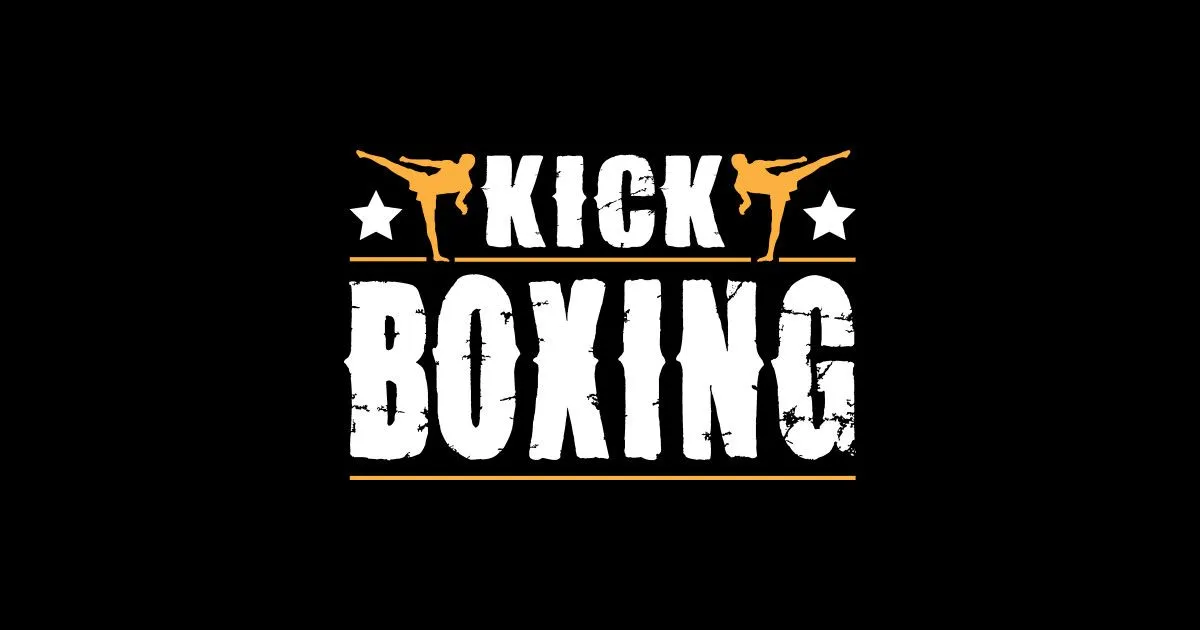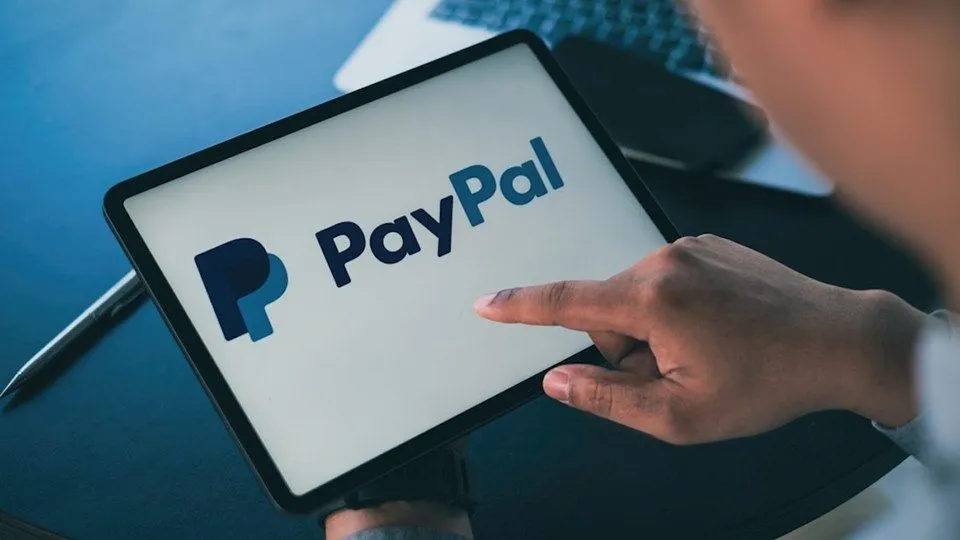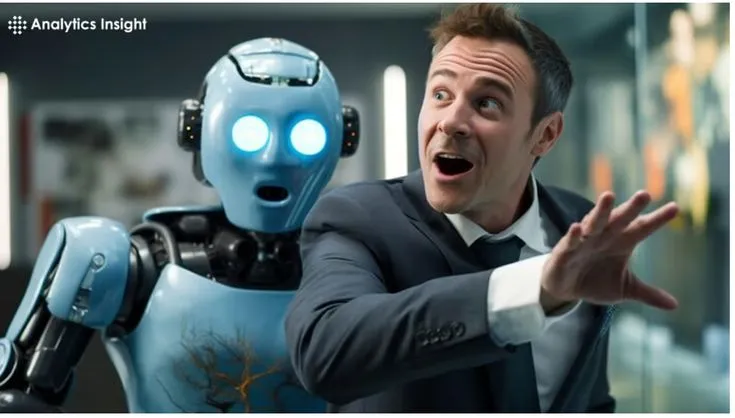Google’s New AI
Netflix Must Pay Attention to Google’s New AI -The entertainment industry stands at a revolutionary crossroads where artificial intelligence isn’t just changing how we consume content—it’s fundamentally transforming how movies are made. Google’s groundbreaking Veo 3 AI technology has just dropped like a thunderbolt into the filmmaking world, and streaming giants like Netflix should be paying serious attention. This isn’t another incremental tech update; this is a game-changing tool that could reshape the entire landscape of video production, from blockbuster films to binge-worthy series.
As we dive deep into what Veo 3 AI means for the future of entertainment, we’ll explore why this Google innovation represents more than just another AI experiment—it’s potentially the most significant leap forward in accessible video creation technology we’ve seen to date. For Netflix and other streaming platforms, the implications are staggering, and the opportunities are limitless.
What Exactly is Google Veo 3?
Google Veo represents the search giant’s ambitious foray into AI-powered video generation, but Veo 3 takes this concept to an entirely new dimension. This cutting-edge artificial intelligence system can generate high-quality video content from simple text prompts, essentially democratizing the filmmaking process in ways previously unimaginable.
Unlike its predecessors, Veo 3 AI boasts remarkable capabilities that address the most challenging aspects of video production:
• Ultra-realistic visual rendering that rivals professional cinematography • Advanced motion dynamics that create fluid, natural-looking movements • Sophisticated scene composition with proper lighting and camera angles • Seamless object and character interactions within complex environments • Extended duration capabilities allowing for longer, more coherent video sequences
The technology leverages Google’s extensive machine learning infrastructure, trained on massive datasets of video content to understand the nuances of visual storytelling. What makes Veo 3 particularly revolutionary is its ability to maintain consistency across longer video sequences while responding to increasingly complex creative prompts.
This isn’t just about generating random video clips—it’s about creating purposeful, narrative-driven content that could serve as the foundation for everything from concept visualization to full production sequences.
The Current State of AI in Entertainment
The entertainment industry has been gradually embracing artificial intelligence across various production stages, but the adoption has been cautious and selective. Major studios currently use AI for:
Pre-production Applications: • Script analysis and story development assistance • Location scouting through image recognition • Casting decisions based on audience analytics • Budget optimization and scheduling
Production Enhancement: • Real-time visual effects rendering • Automated camera tracking and movement • Color correction and lighting adjustments • Background replacement and green screen optimization
Post-production Revolution: • Automated editing and scene selection • Audio enhancement and dialogue cleanup • Visual effects integration • Content localization and dubbing
However, most of these applications have been supplementary tools rather than core creative engines. Google Veo changes this dynamic entirely by positioning AI as a primary content creation mechanism rather than just an enhancement tool.
According to recent industry reports, streaming platforms are increasingly investing in AI technologies, with Netflix alone spending over $15 billion annually on content creation. The potential cost savings and creative possibilities offered by Veo 3 AI could revolutionize how this budget is allocated and utilized.
Why Netflix Should Take Notice
Netflix’s position as a streaming leader makes it particularly vulnerable to disruption—and simultaneously gives it the greatest opportunity to leverage breakthrough technologies like Veo 3. Here’s why this AI tool should be keeping Netflix executives awake at night (in the best possible way):
Content Production Economics
The streaming wars have created an unsustainable content spending arms race. Netflix competes globally with: • Amazon Prime Video’s unlimited AWS backing • Disney+’s century of premium IP • HBO Max’s prestige content reputation • Apple TV+’s seemingly endless financial resources
Veo 3 AI offers Netflix a potential game-changer in production economics. Instead of spending millions on traditional film crews, elaborate sets, and months-long production schedules, Netflix could potentially:
• Generate high-quality background footage and establishing shots • Create complex action sequences without dangerous stunts • Produce multiple content variations for A/B testing • Develop concept videos for greenlight decisions • Generate localized content adaptations efficiently
Creative Flexibility and Speed
Traditional film production operates on rigid timelines with limited flexibility for creative experimentation. Google Veo introduces unprecedented creative agility:
Rapid Prototyping: Directors and writers could visualize scenes instantly, testing different approaches before committing to expensive production schedules.
Infinite Iterations: Unlike traditional reshoots that cost millions, AI-generated content allows for unlimited creative exploration and refinement.
Global Localization: Content could be adapted for different cultural contexts by generating region-specific visual elements while maintaining core storytelling integrity.
Seasonal Content Creation: Netflix could rapidly produce holiday specials, trending topic responses, or current event commentary without traditional production delays.
Competitive Differentiation
As streaming platforms struggle to differentiate their content libraries, Veo 3 AI could provide Netflix with unique capabilities that competitors cannot easily replicate:
• Personalized Content: AI could generate user-specific content variations based on viewing preferences and demographic data • Interactive Experiences: Dynamic video content that responds to viewer choices in real-time • Experimental Formats: New storytelling approaches that blend traditional narrative with AI-generated elements • Cost-Effective Premium Content: High-production-value content at fraction of traditional costs
Potential Applications for Netflix
The practical applications of Veo 3 within Netflix’s content ecosystem extend far beyond simple cost reduction. This technology could fundamentally transform how the platform approaches content creation, curation, and personalization.
Original Series Production
Google Veo could revolutionize Netflix’s approach to original series development:
Pilot Episode Creation: Instead of investing millions in pilot episodes that may never see full seasons, Netflix could use Veo 3 AI to generate proof-of-concept episodes. Writers and producers could test audience reactions to different visual styles, character designs, and narrative approaches before committing to full production budgets.
Background and Environment Generation: Many Netflix series require expensive location shoots or elaborate set construction. Veo 3 could generate realistic backgrounds, cityscapes, and environmental elements that seamlessly integrate with live-action footage, dramatically reducing location costs while expanding creative possibilities.
Action Sequence Pre-visualization: Complex action scenes currently require extensive planning, safety coordination, and multiple takes. AI-generated sequences could serve as detailed blueprints for directors and stunt coordinators, reducing production time and improving safety outcomes.
Documentary Enhancement
Netflix’s documentary division could leverage Veo 3 AI for historical recreation and visualization:
• Historical Recreation: Generate accurate period-appropriate scenes for historical documentaries without expensive set construction • Scientific Visualization: Create complex scientific concepts and processes that are difficult to film traditionally • Witness Protection: Generate realistic but anonymous representations of individuals who cannot appear on camera • Missing Footage Recreation: Reconstruct important historical moments where original footage is unavailable or poor quality
Animation and Hybrid Content
The boundary between live-action and animated content continues to blur, and Google Veo positions Netflix to explore this frontier:
Animated Series Production: Traditional animation requires massive teams and months of production time. Veo 3 AI could accelerate animation workflows while maintaining high visual quality standards.
Hybrid Reality Content: Combine live-action performances with AI-generated environments and characters, creating unique viewing experiences that showcase technological innovation.
Interactive Children’s Content: Generate educational content that responds to children’s choices and learning patterns, creating personalized educational experiences.
Technical Capabilities and Limitations
Understanding Veo 3 AI‘s technical specifications helps illuminate both its revolutionary potential and current constraints that Netflix must navigate.
Current Capabilities
Video Quality and Resolution: • Supports up to 4K resolution output with professional-grade visual fidelity • Maintains consistent frame rates suitable for broadcast and streaming standards • Produces color-accurate content that matches professional cinematography standards • Generates content with proper aspect ratios for various viewing platforms
Content Duration and Consistency: • Can produce coherent video sequences lasting several minutes • Maintains character and environmental consistency across extended scenes • Supports narrative continuity through complex scene transitions • Handles multiple character interactions within single sequences
Creative Control Parameters: • Responds to detailed text prompts with high accuracy • Supports specific cinematographic instructions (camera angles, lighting, movement) • Allows style specification (genre conventions, visual aesthetics, mood) • Enables character and setting customization through detailed descriptions
Current Limitations
Production-Ready Constraints: While Google Veo represents remarkable technological advancement, several limitations currently prevent immediate full-scale production deployment:
Human Performance Integration: The technology excels at generating environments, objects, and simple character interactions but struggles with nuanced human performances that require emotional depth and subtle acting choices.
Audio Synchronization: Current versions focus primarily on visual generation, requiring separate audio production and synchronization workflows.
Extended Narrative Coherence: While capable of maintaining consistency across several minutes, feature-length narrative coherence remains challenging without human oversight and editing.
Legal and Rights Considerations: Questions surrounding intellectual property, actor likeness rights, and content ownership require careful legal navigation.
Technical Infrastructure Requirements
Netflix’s implementation of Veo 3 AI would require significant technical infrastructure considerations:
Computing Resources: AI video generation demands substantial computational power, requiring either massive cloud computing investments or strategic partnerships with Google’s infrastructure.
Storage and Bandwidth: AI-generated content creates unique storage challenges, as raw generation files, multiple iterations, and final renders require extensive data management systems.
Integration Workflows: Incorporating AI-generated content into existing production pipelines requires new software tools, training programs, and quality control processes.
Industry Implications and Competitive Landscape
The introduction of Veo 3 AI doesn’t exist in a vacuum—it represents one element of a broader technological transformation sweeping through the entertainment industry. Netflix’s response to this innovation will determine whether the company maintains its streaming leadership or falls behind more technologically aggressive competitors.
Competitive Response Strategies
Disney’s Advantage: Disney’s extensive library of intellectual property and established animation expertise positions the company to leverage AI tools for franchise expansion and content multiplication. Google Veo could help Disney generate supplementary content, alternative storylines, and expanded universe materials across their massive IP portfolio.
Amazon’s Infrastructure Play: Amazon’s cloud computing dominance through AWS provides natural synergy with AI video generation technologies. The company could potentially develop competing AI video tools while offering hosting and processing services to smaller content creators.
Apple’s Premium Positioning: Apple TV+’s focus on high-budget, prestige content might initially seem incompatible with AI-generated material, but the technology could enhance their production capabilities while maintaining creative quality standards.
Independent Creator Disruption
Veo 3 AI potentially represents the most significant disruption to traditional content creation hierarchies since the advent of digital cameras and editing software. Independent creators, previously limited by budget constraints and technical barriers, could now produce content that rivals major studio productions.
This democratization creates both opportunities and threats for Netflix:
Opportunities: • Access to a vastly expanded pool of creative content from independent creators • Reduced production costs for experimental and niche content • Ability to identify and develop new talent based on AI-assisted creative output • Platform differentiation through unique, AI-enhanced content offerings
Threats: • Increased competition from independent creators producing high-quality content • Potential audience migration to platforms that better support AI-assisted creation • Commoditization of video content as production barriers decrease • Difficulty maintaining premium pricing as content creation costs plummet
Regulatory and Ethical Considerations
The entertainment industry’s adoption of AI technologies like Google Veo raises significant regulatory and ethical questions that Netflix must navigate carefully:
Labor Relations: Writers’ and actors’ unions have already expressed concerns about AI replacing human creative work. Netflix must balance technological innovation with labor relations and industry stability.
Content Authenticity: As AI-generated content becomes indistinguishable from traditional production, questions arise about disclosure requirements and audience expectations regarding content origins.
Copyright and Fair Use: Veo 3 AI‘s training on existing video content raises complex questions about intellectual property rights and fair use in AI-generated materials.
Cultural Sensitivity: AI systems can inadvertently perpetuate biases or cultural insensitivities present in their training data, requiring careful oversight and diverse input in content creation processes.
Implementation Strategies for Netflix
Successfully integrating Veo 3 AI into Netflix’s content production ecosystem requires strategic planning that balances innovation with operational stability. The company’s approach should focus on gradual implementation while building internal capabilities and partnerships.
Pilot Program Development
Phase One: Background and Environmental Content Netflix should begin with low-risk applications that enhance rather than replace human creativity:
• Generate establishing shots and background elements for existing productions • Create environment variations for A/B testing different visual approaches • Develop supplementary content for existing franchises and popular series • Produce behind-the-scenes and making-of content using AI visualization
Phase Two: Supplementary Content Creation As comfort and expertise develop, Netflix could expand into more substantive content areas:
• Create promotional materials and trailers using AI-generated sequences • Develop interactive content that responds to viewer preferences • Generate alternative scenes or endings for user choice-driven narratives • Produce educational and documentary content requiring complex visualizations
Phase Three: Original Content Integration The final phase would integrate Google Veo into core content creation workflows:
• Develop hybrid productions combining live-action with AI-generated elements • Create entirely AI-generated short-form content for testing and niche audiences • Use AI for rapid prototyping and creative development processes • Implement personalized content generation based on individual viewer data
Partnership and Collaboration Models
Direct Partnership with Google Netflix could establish a strategic partnership with Google, potentially including:
• Exclusive access to advanced Veo 3 AI features and capabilities • Collaborative development of entertainment-specific AI tools and enhancements • Shared infrastructure and computing resources for large-scale content generation • Joint research and development initiatives exploring future AI applications
Hybrid Production Studios Establish dedicated production units that specialize in AI-human collaborative content creation:
• Hire directors and producers experienced in AI-assisted workflows • Develop new creative roles that bridge traditional filmmaking and AI technology • Create training programs for existing staff to adapt to AI-enhanced production methods • Establish quality control processes specific to AI-generated content
Creator Platform Integration Develop tools and platforms that enable Netflix’s creative partners to leverage Veo 3 AI:
• Provide AI generation capabilities to independent creators and production partners • Create educational resources and training programs for AI-assisted content creation • Establish content standards and guidelines for AI-generated material • Develop revenue-sharing models that fairly compensate creators using AI tools
Quality Control and Creative Standards
Implementing Google Veo successfully requires robust quality control mechanisms that maintain Netflix’s content standards while embracing technological innovation:
Creative Review Processes: • Establish multi-tier review systems that evaluate AI-generated content for creative quality, technical standards, and brand alignment • Develop specific criteria for assessing AI-generated material alongside traditional content evaluation metrics • Create feedback loops that improve AI generation through human creative input and direction
Technical Quality Assurance: • Implement automated quality checking systems that identify technical issues in AI-generated content • Establish standards for resolution, frame rate, color accuracy, and audio synchronization • Develop integration testing procedures that ensure seamless blending of AI and traditional content elements
Brand and Content Guidelines: • Create specific guidelines for AI content that align with Netflix’s brand values and content standards • Establish clear disclosure policies regarding AI-generated content for transparency with audiences • Develop approval workflows that maintain creative control while leveraging AI efficiency
Challenges and Risks
While Veo 3 AI presents remarkable opportunities for Netflix, the company must also navigate significant challenges and potential risks associated with early adoption of cutting-edge AI technology.
Technical and Operational Risks
Infrastructure Dependencies Netflix’s reliance on Google Veo creates potential vulnerabilities:
• Service Availability: Dependence on Google’s infrastructure and service reliability could impact production schedules and content delivery timelines • API Changes: Updates or modifications to Veo 3 AI capabilities could disrupt established workflows and require operational adjustments • Scalability Limitations: High demand for AI generation services could create bottlenecks during peak production periods • Cost Volatility: Pricing changes for AI services could significantly impact production budgets and financial planning
Quality Consistency Challenges AI-generated content introduces new quality control complexities:
• Output Variability: AI systems can produce inconsistent results, requiring additional oversight and potential regeneration of content • Integration Difficulties: Seamlessly blending AI-generated elements with traditional production requires specialized technical expertise and workflows • Version Control: Managing multiple iterations and variations of AI-generated content creates complex asset management challenges
Creative and Artistic Concerns
Authenticity and Artistic Integrity The entertainment industry values authentic creative expression, and AI-generated content raises fundamental questions about artistic integrity:
• Creative Authorship: Determining creative credit and ownership becomes complex when AI contributes significantly to content generation • Artistic Value: Questions arise about the intrinsic value and emotional resonance of AI-generated versus human-created content • Creative Process: Traditional collaborative creative processes may be disrupted by AI tools that change how artists and producers work together
Audience Reception and Expectations Viewer acceptance of AI-generated content represents a significant unknown factor:
• Authenticity Preferences: Audiences may prefer “authentic” human-created content and reject obviously AI-generated material • Uncanny Valley Effects: AI-generated humans or characters might create uncomfortable viewing experiences that negatively impact audience engagement • Disclosure Expectations: Viewers may demand transparency about AI usage, requiring clear labeling and communication strategies
Legal and Regulatory Risks
Intellectual Property Complexities Veo 3 AI‘s training on existing content creates potential legal complications:
• Copyright Infringement: AI-generated content might inadvertently reproduce copyrighted material, creating liability risks for Netflix • Rights Clearance: Traditional rights clearance processes don’t address AI-generated content, requiring new legal frameworks and agreements • Licensing Agreements: Existing content licensing deals may not cover AI-generated derivative works, necessitating contract renegotiations
Labor Relations and Union Negotiations The entertainment industry’s powerful unions present significant challenges for AI adoption:
• Job Displacement Concerns: Writers, actors, and technical staff may view AI tools as threats to employment opportunities • Contract Negotiations: Future union contracts will likely address AI usage, potentially limiting Netflix’s flexibility in implementing new technologies • Strike Risks: Labor disputes related to AI usage could disrupt production schedules and content delivery timelines
Future Outlook and Recommendations
The trajectory of AI development in entertainment suggests that Veo 3 AI represents just the beginning of a technological transformation that will reshape the industry over the next decade. Netflix’s strategic response to this innovation will determine its competitive position in an increasingly AI-driven entertainment landscape.
Short-term Strategic Priorities (6-18 months)
Experimental Implementation Netflix should immediately begin small-scale experimentation with Google Veo to understand its capabilities and limitations within their specific use cases:
• Launch pilot projects focusing on supplementary content creation and background generation • Establish dedicated teams with expertise in AI-assisted content production • Develop internal guidelines and best practices for AI content integration • Create feedback mechanisms that inform larger-scale implementation decisions
Strategic Partnership Development Building relationships with Google and other AI technology providers positions Netflix for long-term competitive advantage:
• Negotiate preferential access agreements for advanced AI video generation capabilities • Establish collaborative research initiatives exploring entertainment-specific AI applications • Develop shared infrastructure arrangements that provide cost-effective access to computing resources • Create joint development programs that customize AI tools for Netflix’s specific production needs
Talent Acquisition and Training Success with AI-assisted content creation requires specialized expertise that combines traditional entertainment skills with technological proficiency:
• Recruit directors, producers, and technical staff experienced in AI-assisted workflows • Develop comprehensive training programs that prepare existing employees for AI integration • Establish partnerships with educational institutions to create AI-entertainment curriculum • Create career development paths that encourage traditional creative professionals to embrace AI tools
Medium-term Strategic Objectives (1-3 years)
Production Pipeline Integration As Veo 3 AI capabilities mature and Netflix’s expertise develops, the company should focus on seamless integration throughout its content production ecosystem:
• Develop proprietary tools that customize Google Veo for Netflix’s specific production workflows • Establish standardized processes that efficiently combine AI-generated and traditional content elements • Create quality control systems that maintain Netflix’s content standards while leveraging AI efficiency • Implement data analytics that optimize AI usage based on audience response and engagement metrics
Content Strategy Evolution AI capabilities should inform Netflix’s broader content strategy and competitive positioning:
• Develop content categories that specifically leverage AI advantages, such as personalized or interactive experiences • Create production budgeting models that optimize the balance between AI-generated and traditional content elements • Establish content differentiation strategies that use AI capabilities to create unique viewing experiences • Develop international expansion approaches that use AI for efficient content localization and cultural adaptation
Looking for Premium Channels, Sports, and 4K Streaming?
Don’t miss out on these top-rated IPTV services – all at unbeatable prices!
🔥 TiviBridge – Ideal for sports lovers & international content
🎬 Iptvbridge – Perfect for live TV, movies & entertainment
💰 TiviPlanet – Best value for budget-conscious streamers
🚀 Start Your IPTV Business Today!
Get instant access to a powerful Reseller IPTV Panel with competitive pricing, advanced features, and 24/7 support. Join TiviBridge and grow your own IPTV empire with ease!
👉 Start your FREE trial now and elevate your viewing experience with seamless, high-quality streaming!
Long-term Vision (3-5+ years)
Industry Leadership Position Netflix should aspire to become the entertainment industry’s leader in AI-assisted content creation, setting standards and best practices that other companies follow:
• Develop proprietary AI technologies that complement and enhance Google Veo capabilities • Establish Netflix as a platform that supports and empowers AI-assisted independent creators • Create industry partnerships that advance AI entertainment applications while maintaining competitive advantages • Influence regulatory and industry standards development to ensure favorable conditions for AI adoption
Technology Integration and Innovation The ultimate goal should be seamless integration of AI throughout Netflix’s operations, from content creation to audience engagement:
• Implement AI-driven personalization that extends beyond recommendation algorithms to content creation itself • Develop interactive and immersive viewing experiences that leverage AI’s real-time generation capabilities • Create entirely new entertainment formats that are only possible through AI technology • Establish Netflix as a technology innovator that transforms how audiences consume and interact with entertainment content
Frequently Asked Questions
What exactly is Google Veo 3 and how does it work?
Google Veo 3 is an advanced artificial intelligence system that generates high-quality video content from text descriptions. The technology uses machine learning models trained on vast datasets of video content to understand visual storytelling principles, object relationships, motion dynamics, and cinematographic techniques. Users input detailed text prompts describing scenes, characters, actions, and visual styles, and Veo 3 AI produces corresponding video sequences that match these specifications with remarkable accuracy and visual fidelity.
How could Netflix realistically use Veo 3 in their production process?
Netflix could implement Google Veo across multiple production stages, starting with low-risk applications like generating background footage, establishing shots, and environmental elements that supplement traditional filming. The technology could create concept visualizations for greenlight decisions, produce alternative scenes for A/B testing, generate promotional content, and eventually contribute to full production workflows for certain types of content, particularly animation, documentaries, and experimental formats.
Will AI-generated content replace human actors and directors?
Veo 3 AI is unlikely to completely replace human creative professionals in the near future. Instead, it serves as a powerful tool that enhances human creativity and reduces production costs. While the technology excels at generating environments, objects, and simple character interactions, nuanced human performances requiring emotional depth and subtle acting choices remain challenging for current AI systems. The most successful implementations will likely combine AI efficiency with human creativity and oversight.
What are the main challenges Netflix would face implementing this technology?
Key challenges include technical infrastructure requirements, quality control complexities, integration with existing production workflows, legal and copyright considerations, labor relations with industry unions, audience acceptance of AI-generated content, and the need for specialized expertise in AI-assisted production. Additionally, dependency on Google’s infrastructure creates potential risks related to service availability, pricing changes, and technical limitations.
How might this technology affect content costs and production timelines?
Google Veo could significantly reduce certain production costs, particularly for location shooting, set construction, background generation, and visual effects. Production timelines could be compressed for specific types of content, especially supplementary materials, concept development, and iterative creative processes. However, initial implementation requires substantial investment in infrastructure, training, and workflow development, and quality control processes may initially slow production until expertise develops.
What makes Veo 3 different from other AI video generation tools?
Veo 3 AI distinguishes itself through superior visual quality approaching professional cinematography standards, extended duration capabilities that maintain consistency across longer sequences, sophisticated understanding of complex scene compositions and character interactions, and integration with Google’s robust infrastructure for scalable deployment. The technology’s training on extensive video datasets enables more nuanced understanding of visual storytelling principles compared to earlier AI video generation systems.
Conclusion: The Future of Entertainment is Now
The emergence of Google Veo 3 represents far more than just another technological advancement—it signals a fundamental shift in how entertainment content will be created, distributed, and consumed in the coming decade. For Netflix, this isn’t simply an opportunity to reduce production costs or streamline workflows; it’s a chance to pioneer an entirely new era of storytelling that combines human creativity with artificial intelligence capabilities.
The companies that successfully navigate this transition will be those that embrace AI as a creative partner rather than viewing it as a threat to traditional production methods. Veo 3 AI offers Netflix the unprecedented ability to democratize high-quality content creation, experiment with innovative storytelling formats, and respond to audience preferences with unprecedented speed and flexibility.
However, success requires more than just adopting new technology. Netflix must thoughtfully integrate Google Veo into its creative ecosystem while maintaining the human elements that make entertainment truly compelling. This means investing in the right talent, developing appropriate quality control processes, and establishing ethical guidelines that respect both creative professionals and audience expectations.
The streaming wars have intensified competition for audience attention and subscription dollars. Veo 3 AI provides Netflix with a powerful weapon in this battle—one that could fundamentally alter the competitive landscape by making high-quality content production more accessible, affordable, and creatively flexible than ever before.
The question isn’t whether AI will transform the entertainment industry—that transformation is already underway. The question is whether Netflix will lead this revolution or be left behind by more technologically aggressive competitors. The time for cautious observation has passed; the future of entertainment is demanding bold action and strategic vision.
Ready to explore how AI is revolutionizing your industry? Share your thoughts on how Google Veo 3 might impact entertainment, and don’t forget to subscribe for more insights into the technologies shaping our digital future. The conversation about AI and creativity is just beginning, and your perspective matters in determining where this incredible journey leads us next.
